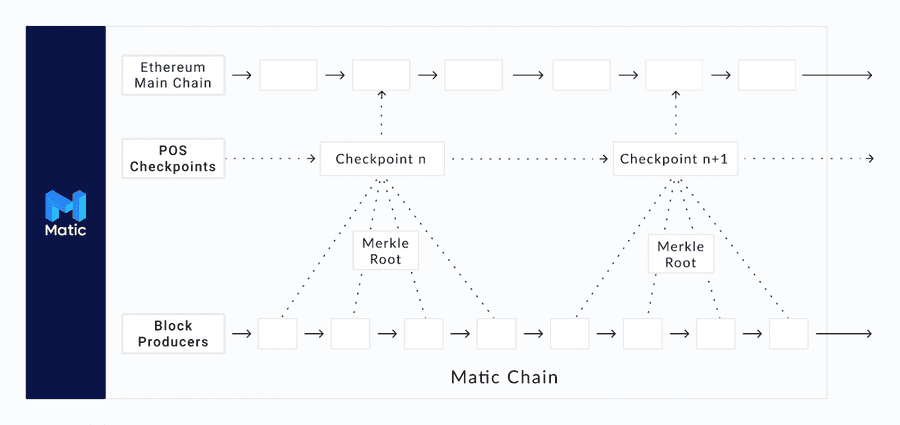What is Solana’s Proof of Stake?
In addition to Proof of History, Solana utilizes a Proof of Stake algorithm which lets users stake tokens to help secure the Solana network. The protocol uses a delegated stake model, which sees users delegating their tokens to established network validators. This is a shared-risk, shared-reward model that incentivizes token holders to have their tokens delegated for long periods of time.
At the same time, the goal of a validator is to get more people to delegate tokens because the delegated stake size determines how often a validator is chosen to write new transactions to the ledger. In addition, similarly to other PoS protocols, Solana employs a slashing mechanism – which removes and destroys tokens from a stake – to penalize malicious behavior, which creates a financial incentive for validators to perform their duties diligently.
Validators also charge delegators with a commission fee, which is calculated as a percentage of rewards earned. This fee is meant to cover the costs validators incur when running and maintaining their systems. And since validators always look to attract more deligators, this encourages them to compete on fees – naturally, validators who offer lower fees for their services are more attractive.
9
29 reads
CURATED FROM
IDEAS CURATED BY
The idea is part of this collection:
Learn more about startup with this collection
The differences between Web 2.0 and Web 3.0
The future of the internet
Understanding the potential of Web 3.0
Related collections
Similar ideas to What is Solana’s Proof of Stake?
How Polygon Works
Polygon validators periodically perform checkpoints against the Ethereum main chain, as a mechanism to settle any transaction disputes that occur on the sidechain through cryptographic proof.
- Users can transfer tokens across Matic without incurring third-party risks a...
Proof of stake
Similar to Proof-of-work, Proof-of-Stake is a consensus mechanism which underpins security of the blockchain by preventing doubles...
How Is the Elrond Network Secured?
- Elrond uses what it calls a secure proof-of-stake consensus algorithm in which nodes must stake their EGLD tokens to participate in the validation process, and each validator is assigned a rating score based on past activity.
- Validators
Read & Learn
20x Faster
without
deepstash
with
deepstash
with
deepstash
Personalized microlearning
—
100+ Learning Journeys
—
Access to 200,000+ ideas
—
Access to the mobile app
—
Unlimited idea saving
—
—
Unlimited history
—
—
Unlimited listening to ideas
—
—
Downloading & offline access
—
—
Supercharge your mind with one idea per day
Enter your email and spend 1 minute every day to learn something new.
I agree to receive email updates
